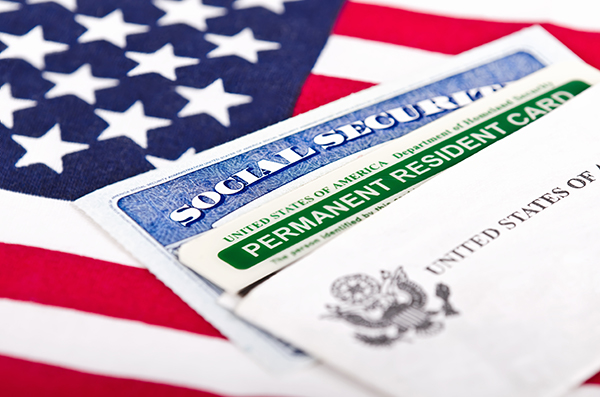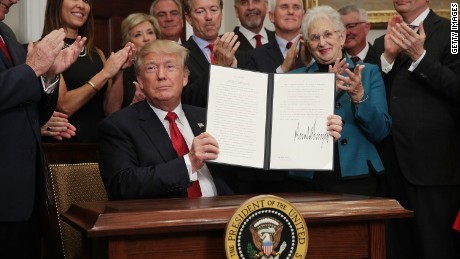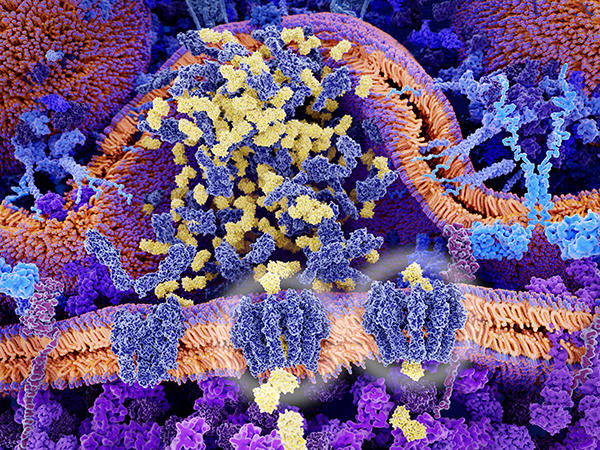August 16, 2019
Surprise medical billing becoming more common

Researchers at Stanford University found 42.8% of the 13.6 million trips to emergency departments between 2010 and 2016 resulted in a surprise bill from an in-network hospital. Billing for inpatient admissions were not much better, with 42% of the 5.5 million admissions resulting in surprise charges.
Not only did the frequency of charges increase, but average potential costs to patients dramatically increased, too. Across the six-year study period, surprise costs for both emergency room visits and inpatient admissions more than doubled. From 2010–2016, average costs increased from $202-$628 and $804-$2040 in emergency room visits and inpatient settings, respectively. The biggest charges were for ambulances, which were reported in 85.6% of emergency visits and in 81.6% of inpatient admissions.
Surprise bills have caught the attention of legislators, and the issue has worked its way into several bills.
“Our findings appear to support current efforts to strengthen legislative protections against out-of-network billing in circumstances that are likely to involve surprise bills,” the study authors said.
Congress is currently out for recess, so it is unlikely any action will happen until they return in September. This is a developing story, and we will keep you updated.
Trump announces “public charge” rule on immigration

When asked about the rule, acting U.S. Citizenship and Immigration Services Director Ken Cuccinelli said it would emphasize “self-reliance and self-sufficiency for those seeking to come to or stay in the United States.”
New York Attorney General Letitia James says she will challenge the rule. “President Trump’s new public charge rule is yet one more example of his administration turning its back on people fighting to make a better life for them and their families. Under this rule, children will go hungry; families will go without medical care. I am committed to defending all of New York’s communities, which is why I intend to sue the Trump administration over this egregious rule.”
The rule is expected to impact roughly 382,000 people. There are exemptions for those receiving military service benefits, pregnant women receiving Medicaid benefits, children under 21 years old and those receiving emergency medical care. However, even with the exemptions, this rule may dissuade some immigrants from seeking cancer screening and early detection services.
The public charge rule on immigration will take effect on October 15, 2019.
Trump expected to announce new health care plan

“We’re working every single day here,” Conway told reporters. “I’ve already been in meetings this morning on the president’s health care plan. It’s pretty impressive.”
In addition to lowering drug prices, the plan is expected to address pre-existing conditions and new programs for those without insurance. There would also be a move to revamp the Medicaid system and allow beneficiaries to purchase coverage outside their employers.
“We’re making sure there’s more freedom in the health care system,” Conway said.
Though little is known about the details at this point, the president hinted at coming changes at a rally in Cincinnati, Ohio last week, saying he had “even bigger” plans for health care coming.
We will monitor the story and keep you informed of any advances.
CMS changes CAR-T therapy coverage requirements

This new national coverage determination (NCD) would eliminate the requirement for “coverage with evidence development,” which means that CAR-T cell therapy is only covered by CMS within the context of a clinical trial or study. Since clinical trials are costly, many care facilities do not have the funds or capacity to run them. Without that burden, CMS hopes more hospitals will be able to offer the treatment, expanding access to patients across the country. Hospitals would still be required to participate in post-market studies by providing safety and efficacy data on the therapy to the National Institutes of Health (NIH).
“We’re encouraging providers and patients to participate in the ongoing research underway at the [National Cancer Institute],” CMS Administrator Seema Verma said. “Today’s coverage decision provides consistent and predictable patient access nationwide.”
Proponents of the change said it will improve access to the therapy by encouraging more providers to participate because it removes the added costs of running clinical trials.
Learn more about CAR-T cell therapy.

